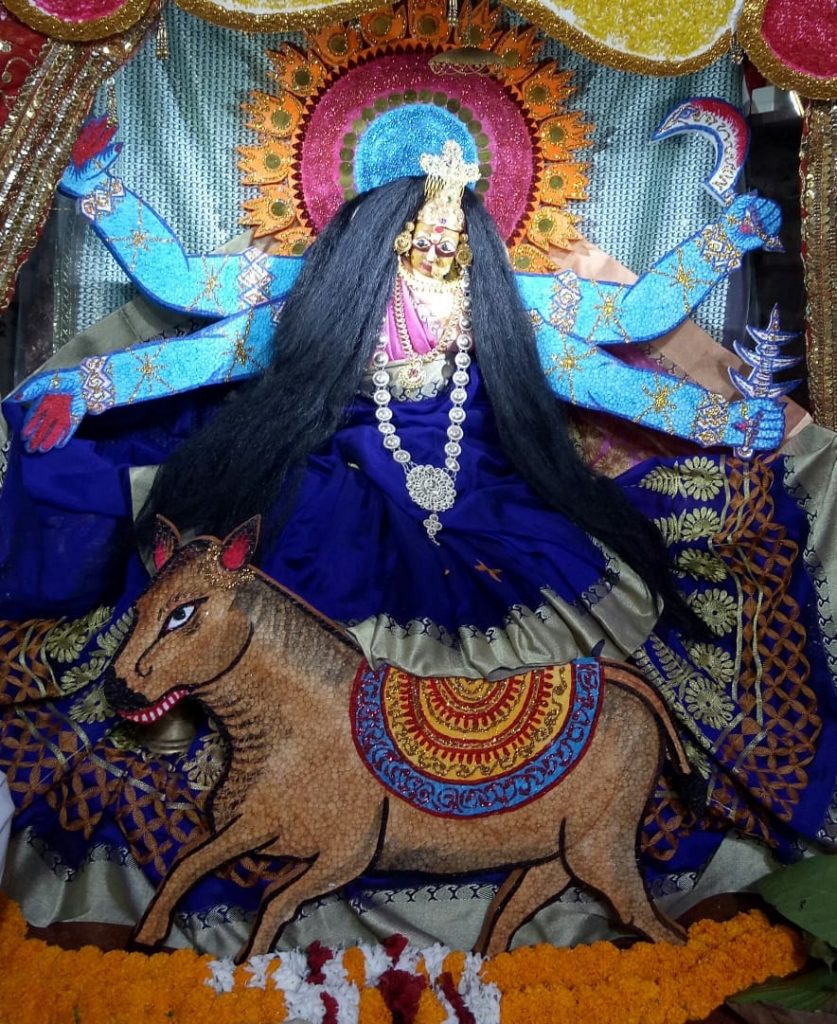Baripada: During Navaratri, Goddess Ambika here is attired in nine forms – such as Shailaputri, Brahmacharini, Chandraghanta, Kushmanda, Skandamata, Katyayini, Kaalratri, Mahagauri, and Siddhidhatri.
Bhaktaparba is something special to the shrine, as only Chhau artistes take part in a ritual called Nishaghata for the Goddess.
Bhaktaparba is celebrated for seven days in the month of Chaitra. Chhau artistes solemnise Nishaghata (a kind of ritual done in midnight) in the last two days.
Significantly, the age-old practice of animal sacrifice has been stopped at the shrine.
There is no narrative about the manifestation of the Goddess here. Only something is known about the reconstruction of the temple and reformation of rituals.
Archaeologist SN Basu in his book, Archaeology Survey of Mayurbhanj (1991), and Nilamani Senapati in a book, Gazetteer of Mayurbhanj, have described about these two aspects.
It was stated that the temple was in ruins to the southern side of the Bagsamal Fort in Baripada. According to Lagraj Makdamma-108, a book written in 1889, erstwhile King Krushnachandra Bhanj Deo was afflicted with an incurable disease.
Wishing the blessings of the Goddess for his recovery, the king had been donating Rs 36, the annual revenue being collected from Talagadia Mouza in Kuliana, for the worship of the Goddess in latter part of 19th century.
In 1920, a Gujarati contractor named Walji Govind’s son was ailing. He had much faith in the Goddess. He wished for recovery of his son and got the temple of the Goddess rebuilt in the architecture style followed in north-eastern states. Later, a natyamandap was built with donations raised by devotees.
Apart from Navaratri, other festival like Pana Sankranti, Raja Sankranti and Makar Sankranti are celebrated here with pomp and gaiety.
During the Rath Yatra, the temple priest accompanied by a Dasi takes ordain from the Goddess and Her sword. After the priests do rounds of the chariots with the sword, the four deities – Lord Jagannath, Lord Balabhadra, Devi Subhadra and Sudarshan – are taken to the chariots.

